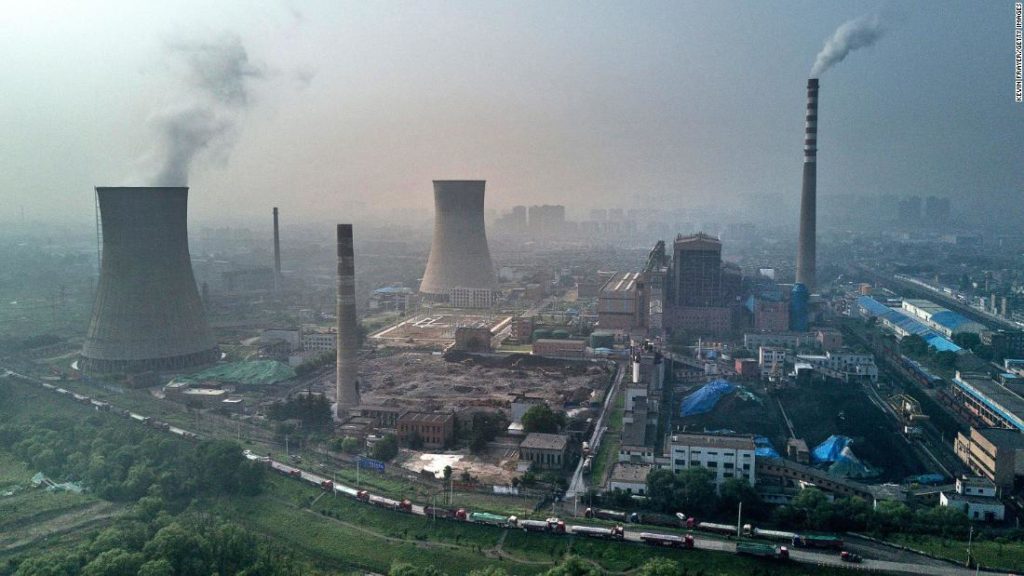Carbon dioxide and other greenhouse gases trap solar radiation in the atmosphere just like the glass traps heat in a greenhouse. This causes temperatures to rise and drives more extreme weather, ice melt, sea level rise and ocean acidification.
The WMO said preliminary estimates indicate global emission would be between 4.2% and 7.5% lower this year compared to 2019. “At the global scale, an emissions reduction [of] this scale will not cause atmospheric [carbon dioxide] to go down. [It] will continue to go up, though at a slightly reduced pace,” the WMO said.
Carbon dioxide occurs in atmosphere naturally — without it, the Earth would be too cold to sustain life. It cycles through the atmosphere into organisms and back, keeping the system in balance. The problem is that human activities — mostly the burning of fossil fuels — have added a lot more carbon dioxide into the system, far more than can be absorbed. And according to the WMO, the lockdown-induced drop in man-made emissions is smaller, or at most similar in size to natural fluctuations and so won’t make any difference in the long term.
It’s a bit like filling a bathtub. While the water is pouring in a little slower this year, the bathtub will continue to fill up as long as there’s more water pouring in than draining out.
The amount of carbon dioxide in the atmosphere fluctuates naturally — but over much, much longer periods of time than currently seen. By studying air bubbles trapped deep in ice cores, scientists know that until humans started burning fossil fuels some 300 years ago, the level of carbon dioxide hadn’t exceeded 300 parts per million for about a million years. The amount of carbon dioxide in atmosphere is now nearly 50% higher than in 1750, according to the WMO.
“Carbon dioxide remains in the atmosphere for centuries and in the ocean for even longer,” Professor Petteri Taalas, the WMO secretary-general, said in a statement. “The last time the Earth experienced a comparable concentration of [carbon dioxide] was 3-5 million years ago, when the temperature was 2-3°C warmer and sea level was 10-20 meters higher than now. But there weren’t 7.7 billion inhabitants.”
The amount of methane, a less common but more potent greenhouse gas, has also risen in the past year. Its concentration in the atmosphere is now more than 2.5 times what it was before the industrial revolution. About 60% of methane that is emitted into the atmosphere comes from human activities — mostly agriculture, fossil fuel exploitation, landfills and biomass burning.
You may also like
-
Afghanistan: Civilian casualties hit record high amid US withdrawal, UN says
-
How Taiwan is trying to defend against a cyber ‘World War III’
-
Pandemic travel news this week: Quarantine escapes and airplane disguises
-
Why would anyone trust Brexit Britain again?
-
Black fungus: A second crisis is killing survivors of India’s worst Covid wave

